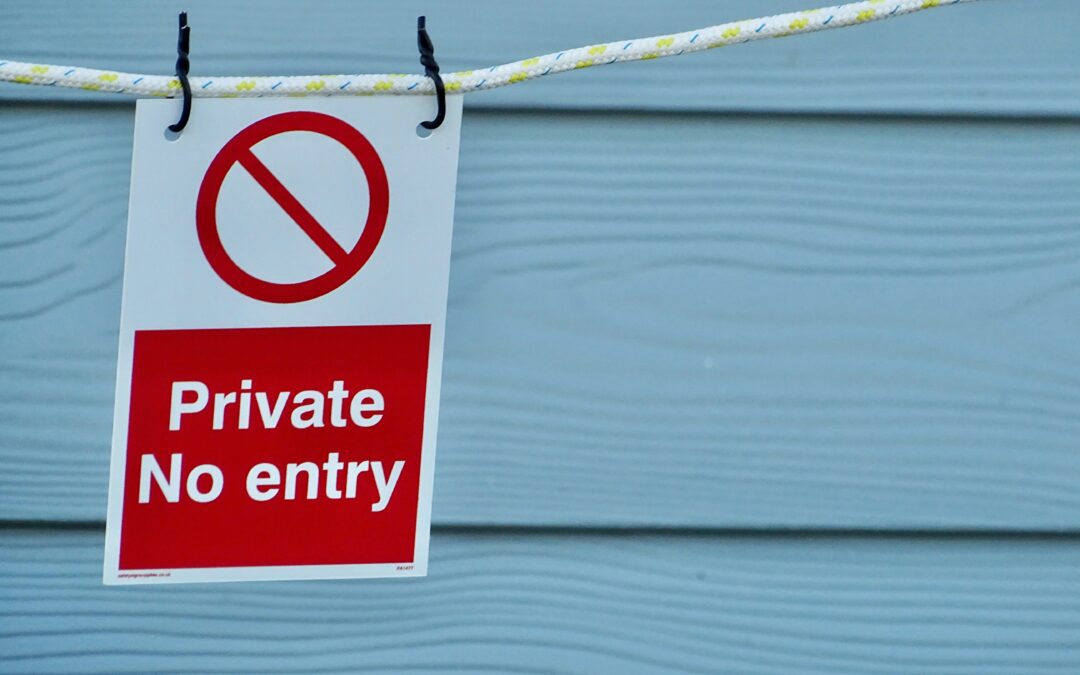In some Waste Water Treatment Plants (WWTP), there are petrol stations or industrial plants that use, store or produce flammable liquid are located in their catchment. In such cases, we need to consider the risk of sewer contamination by petrol and other flammable liquid, as these stations and plants may release flammable substances (including petrol) into the drainage systems. In this blog, I am going to use petrol as an example.
Petrol is a flammable liquid and a volatile substance that can vaporise under normal conditions. It is classified as a category A material in Table 1.3 of Model Code of Safe Practice Part 15: Area Classification for Installations Handling Flammable Fluids. The release of petrol in an open drainage system should be considered as primary grade. Assume the vapour emission rate is less than 10m3/h under normal conditions. Under normal operation, the drainage systems are sealed, and the interior of the drainage system is classified as a zone 1 area.
During maintenance or inspections, the drainage systems might be opened for a short period. Then the zone 1 area is extended to 1 m both horizontally and vertically. In abnormal conditions, such as when hot water enters the drainage system, the vapour emission rate would increase significantly. In a worst scenario we assume it to exceed1000 m3/h. In this case, a zone 2 will be regarded outside the zone 1 boundary, extending 3m around it.
Therefore, keeping the drainage system openings sealed is one of the key control measures to prevent the release of flammable liquid. Another important measure is to use portable gas detectors during maintenance and inspections when it is necessary to open these systems, helping to prevent incident that could be caused by the release of flammable vapours.
Reference: Model Code of Safe Practice Part 15: Area Classification For Installations Handling Flammable Fluids
To read more about our Hazardous Area Classification services at Occupli, click here.
To speak to one of our consultants, email info@occupli.com

